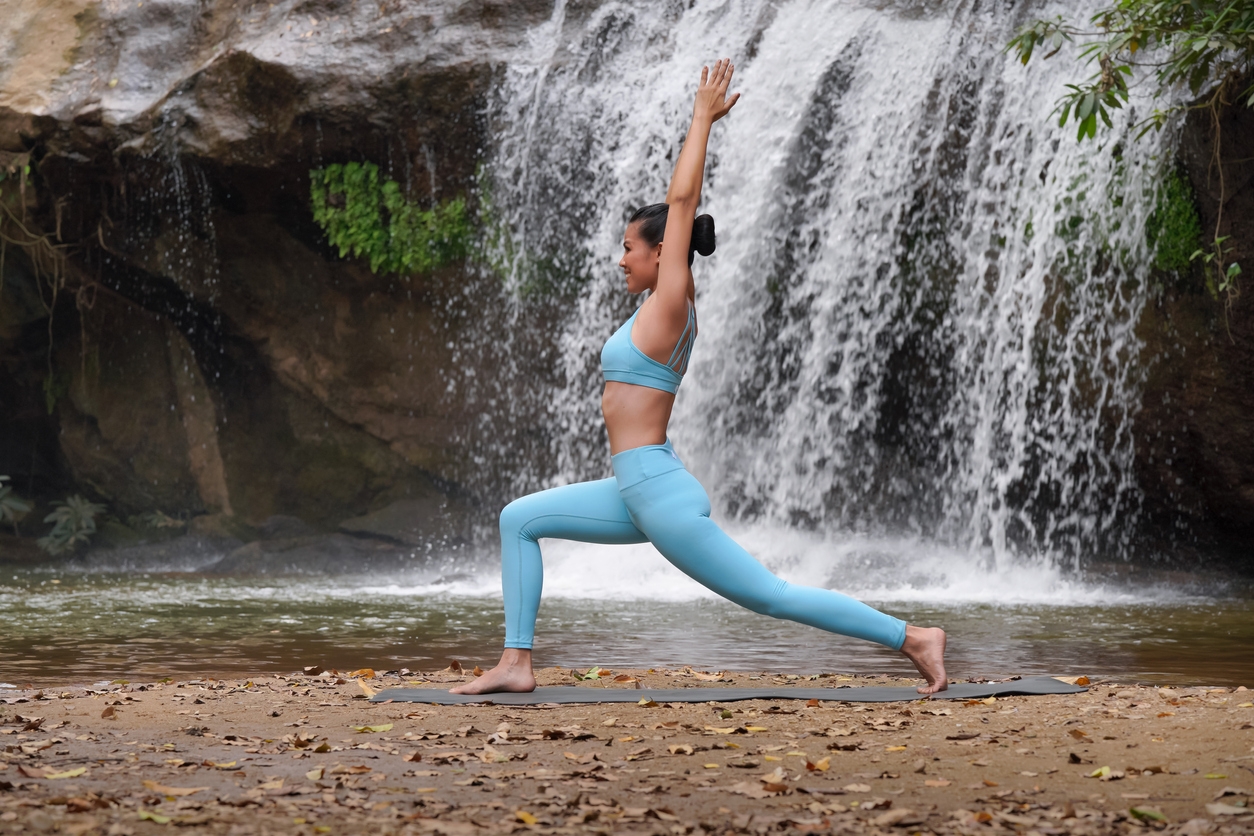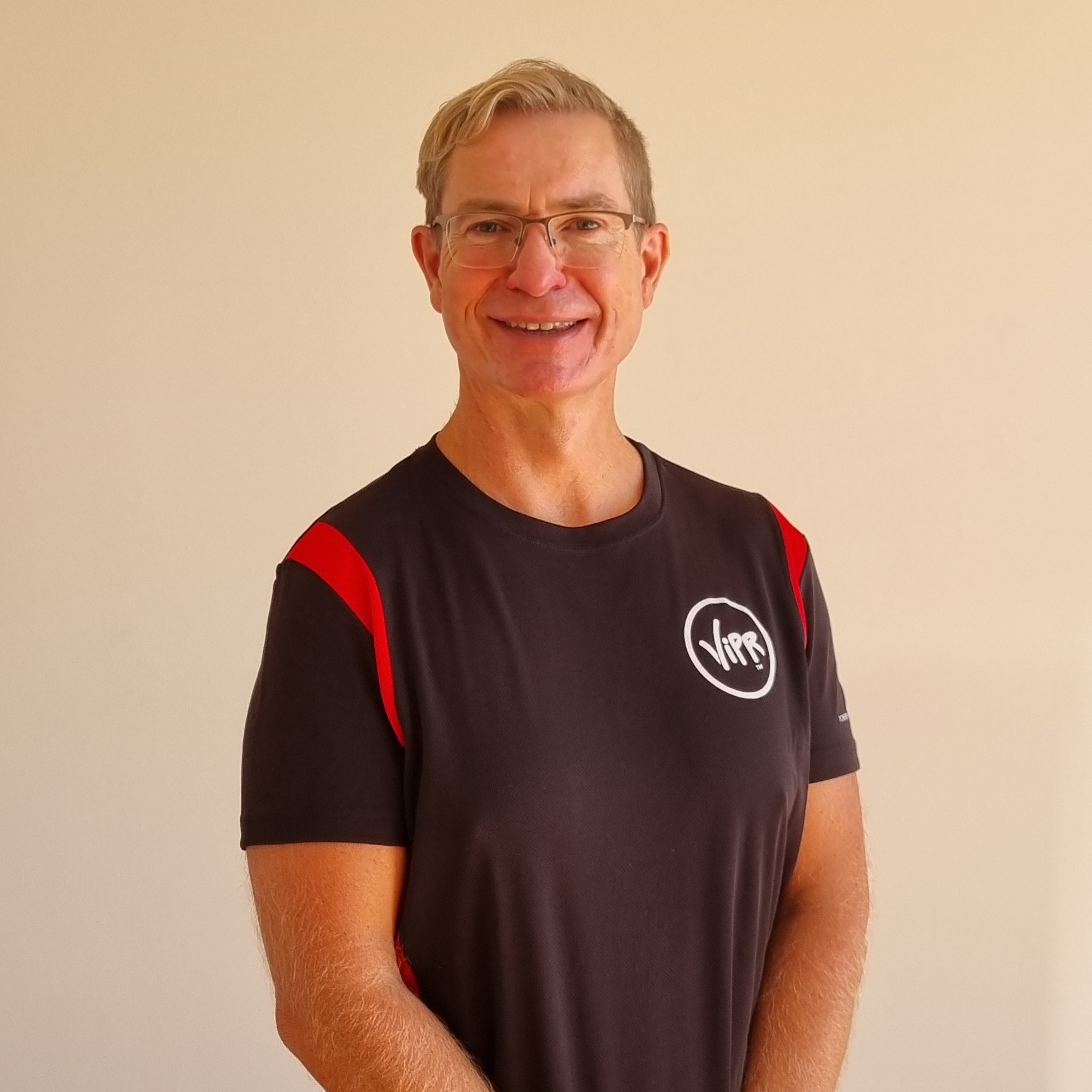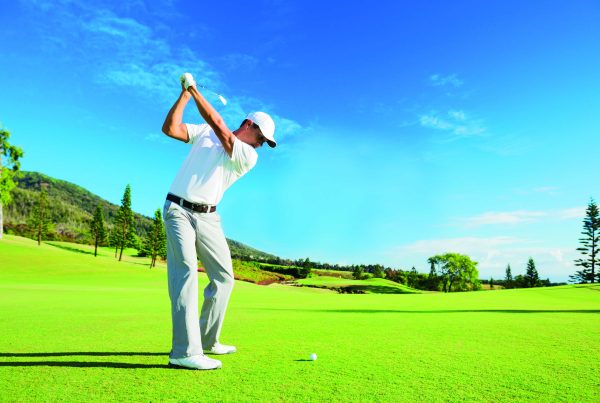‘Flow state’ is described in different ways, but what’s it got to do with movement? Well, quite a lot, as John Polley explains.
Where might it happen?
I’ve explored flow state extensively for a book I’m writing and boiled it down to four main categories where flow state occurs:
- Through connection – to other humans, to animals and to nature
- Through spiritual pursuits – meditation, prayer and mindfulness
- Through intellectual endeavour – reading and learning
- Through physical action – sport/exercise, recreational activities you love
Number four is important to know for all we movers, but understanding all four categories is very useful for maximising results. Imagine combining some of them into a ‘flow state catalyst grenade’ and throwing it into your life every day! Boom! Peak experience explosion!
The foundations
So, let’s take a little look at flow and come back to how movement can be leveraged further.
Starting with the creator of the term ‘flow state’, psychologist Mihaly Csikszentmihalyi (bonus points for pronunciation) describes flow theory as “the psychology of optimal experience”. Flow state, he says, is “being completely involved in an activity for its own sake. The ego falls away. Every action, movement, and thought follows inevitably from the previous one, like playing jazz. Your whole being is involved, and you’re using your skills to the utmost.”
This is why some people call flow state a ‘peak performance state’. I’m guessing we all fancy some peak performance at no extra cost, right? So, what’s the deal? How do we get into this exclusive club? That’s where it gets interesting!
But first, a few more things to know
Steven Kotler of the Flow Genome Project has taken the work of Csikszentmihalyi (still struggling? ‘Chi-set-me-high’ – you’re welcome!) and broadened our understanding further. In flow, there are certain neurochemicals that become abundant:
- Norepinephrine – fuel injection system
- Endorphin – emotional high
- Anandamide – learning, lateral thinking, pattern recognition
- Dopamine – progress feelgoods
- Serotonin – wellbeing and significance
Imagine this: you’re in a state where you feel awesome, you’re highly energised, hugely positive, can react and adapt on the hoof with no problems. Sound good? It gets better. Kotler goes on to say that, in flow, we experience ‘transient hypofrontality’ (Americans really know how to complicate a concept, huh?). This basically means it knocks out a huge swathe of our prefrontal cortex which, get this, eliminates our inner critic and our ability to process time.
If it’s dawning on you just how amazing this is, let me confirm the rumour in your mind. Yes, it means you are completely immersed in the present moment, have no nagging voice telling you to be careful AND you’re in a state of peak performance awesomeness beyond anything your ‘normal’ self can achieve. In studies, snipers learn to be 230-500% faster in flow; CEOs are 500% more productive in flow; big wave surfers literally cannot surf those waves unless they’re in flow! As the famous movie line goes, “I’ll have what she’s having!”
OK, so spill the beans!
I’ve kept you waiting long enough. Time to give you some guidance on how to explore what psychologists call ‘the deep now’, which is probably one of my favourite phrases ever uttered. Entering the deep now needs two main ingredients:
- An environment conducive to flow
- Triggers, personal to you, scattered throughout your day
This means an environment of adequate rest, great fuel, stress under control, challenges equal to or just above a person’s skill level, in a physical space set up for the experience, and an activity that is genuinely and completely engaging to the individual. Plus, opportunity! Can you create this for yourself? Can you create it for others?
Even simpler …
If this sounds all too complicated, how about this:
Create physical experiences where the person/people involved completely lose track of time; they’re completely in the present moment and nothing else matters in that moment. Done!
What does this look like?
Check out the videos below. These are examples of where I enter movement flow because they are specific to me – playing and improvising is where I get my flow on. It might be different for you or your clients, so ask questions. What activities do you LOVE doing? When do you lose track of time? Don’t overthink your answers by intellectualising what has the ‘best evidence to support it’ or is culturally accepted as ‘exercise’. You want the best from yourself? Then answer those questions honestly and see where you end up? My friend dances her a$$ off every morning. Another does laser tag. Another heavy lifts while listening to music. Another does animal flow. Find your fit (see what I did there) and enjoy! Peace out, JP
Have you seen JP’s other blog?








